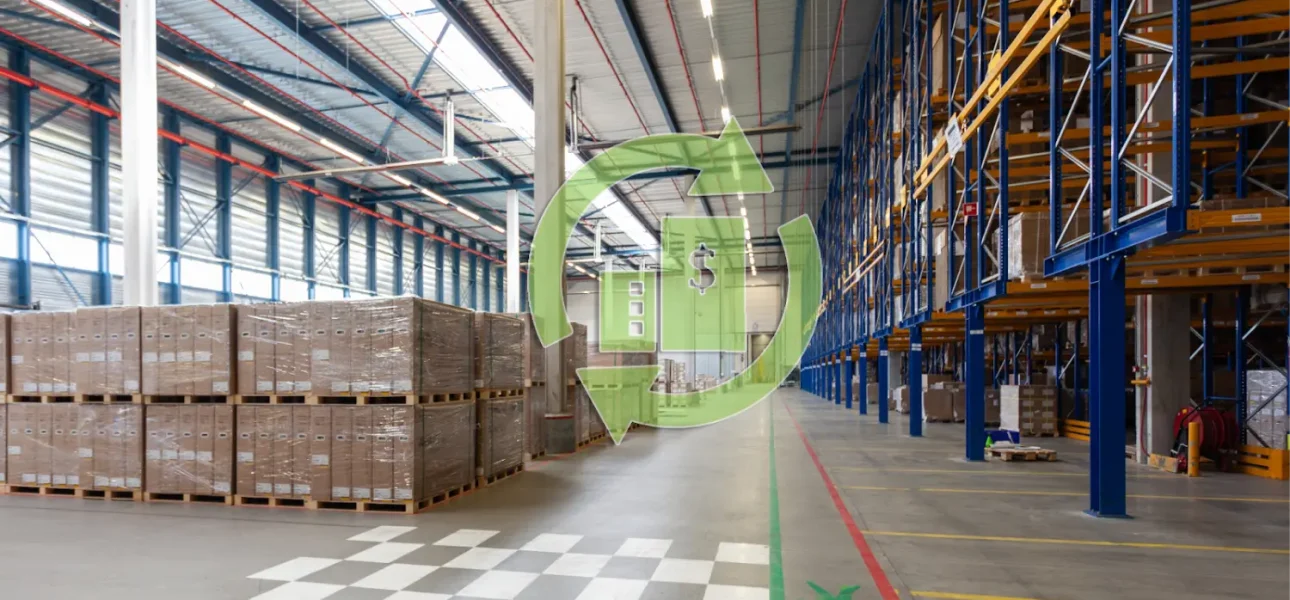The European logistics real estate market has been undergoing profound transformation, largely driven by the acceleration of e-commerce, supply chain reconfiguration, and the demand for modern, sustainable warehouses. Nowhere is this more visible than in the Netherlands, a strategic hub at the center of Europe’s trade routes. Companies here, from global retailers to regional logistics operators, face rising demand for high-quality facilities, yet tying up capital in property ownership often restricts agility.
This is where sale & leaseback (SLB) transactions have emerged as a game-changer. By selling properties to investors and leasing them back, occupiers unlock liquidity without disrupting operations. For investors, SLBs provide long-term, stable income streams. The alignment of these mutual benefits has made SLBs a cornerstone of strategic capital planning across Europe’s logistics sector.
Why Are Sale & Leaseback Deals Gaining Momentum in the Netherlands?
The Netherlands has emerged as a hotspot for SLB activity, driven by its strategic geographic location, advanced logistics infrastructure, and strong investor appetite for industrial assets. Its central position in Europe, combined with efficient ports, highways, and intermodal connections, makes it a critical hub for trade and distribution, attracting both domestic and international businesses. Companies ranging from multinational e-commerce giants to mid-sized warehouse operators are increasingly leveraging SLBs not merely as a financial tool but as a strategic lever to remain competitive in a rapidly evolving market.
Three key drivers are fueling this momentum:
- Liquidity needs: Businesses can unlock capital previously tied up in real estate and redeploy it into operations, technology, innovation, or geographic expansion
- Rising property values: Occupiers are seizing the opportunity to monetize their real estate holdings at peak valuations while continuing to operate from the same facilities without disruption
- Strong investor demand: Institutional investors, pension funds, and REITs are actively seeking secure, long-term rental income from established tenants, making SLBs highly attractive
In effect, these transactions are not just about raising funds—they serve as strategic instruments that enhance operational flexibility, fuel growth, and strengthen resilience for occupiers navigating both economic uncertainty and global supply chain shifts. Discover our SLB projects to see how businesses are leveraging these opportunities across the Netherlands.
What Are the Strategic Benefits for Logistics Occupiers?
For occupiers, SLBs are more than a financing tactic, they represent a way to reshape capital strategies in line with evolving business priorities. Instead of immobilizing capital in property, companies can redirect resources to critical areas such as supply chain automation, digital platforms, and customer experience.
- Key benefits include: Improved balance sheets: Enhanced liquidity and stronger financial ratios improve corporate flexibility.
- Operational continuity: Businesses retain uninterrupted use of their facilities under long-term lease agreements
- Growth reinvestment: Freed-up capital fuels network expansion, fleet modernization, or investments in green logistics initiatives
In the Dutch market, a growing number of occupiers are also using SLBs to fund sustainability upgrades that align with EU directives, such as energy efficiency and carbon reduction goals.
Investors See Sale & Leaseback as a Prime Entry into European Logistics Real Estate
From the investor perspective, SLBs have quickly emerged as one of the most attractive entry points into European logistics real estate. In a market challenged by rising financing costs and economic uncertainty, these deals stand out for their stability. Investors are particularly drawn to the strong tenant covenants backed by reliable corporates in prime logistics locations, the predictable income streams secured through fixed long-term leases, and the opportunity to scale portfolios by acquiring multiple leased assets under a unified strategy. For institutional investors, SLBs offer a unique combination of security and growth potential in Europe’s fastest-growing real estate sector, which are industrial and logistics.
The Role of Sustainability and ESG in SLB Transactions
Sustainability has become inseparable from real estate strategy, and SLBs are no exception. Occupiers and investors are increasingly embedding environmental, social, and governance (ESG) standards into these transactions, ensuring assets remain future-proof and attractive to capital sources.
Examples of ESG integration include:
- Installing solar panels and renewable energy systems
- Retrofitting warehouses with LED lighting, insulation, and efficient HVAC
- Pursuing BREEAM or LEED certifications to meet institutional investor requirements
This ESG dimension elevates SLBs beyond financial engineering as they become a catalyst for Europe’s climate goals and corporate sustainability agendas.
What’s Driving the Surge in Demand for Sale & Leasebacks (SLBs)?
The rising popularity of SLBs across Europe reflects key macroeconomic and industry trends. Investors and companies are responding to continuous e-commerce growth, which fuels demand for warehouses; rising interest rates, which make unlocking property equity more attractive than taking on new debt; and global supply chain shifts, including reshoring and nearshoring strategies that require liquidity for expansion into new facilities. In the Netherlands, where logistics is central to national competitiveness, SLBs have become a flexible tool for navigating and capitalizing on evolving global supply chain dynamics.
Risks and Considerations for Occupiers
Despite their advantages, SLBs are not without trade-offs. Companies must approach them as part of a long-term capital strategy, balancing short-term liquidity against enduring commitments.
Potential risks include:
- Long-term lease obligations that may reduce exit flexibility
- Rental escalations over time, requiring careful budgeting
- Loss of ownership benefits, such as capital appreciation of prime assets
Well-structured agreements, however, can mitigate these risks and ensure alignment with business goals.
Are SLBs the Future of European Logistics Real Estate?
The outlook strongly suggests that SLBs will continue shaping the logistics real estate market across Europe. In core markets like the Netherlands, Germany, and France, these transactions are already regarded as win-win mechanisms: occupiers stay financially agile, while investors secure stable, long-term returns.
For businesses, the challenge lies in balancing liquidity gains with strategic commitments. For investors, attention is turning toward assets that combine strong tenant security with embedded sustainability features. Over the next decade, SLBs are likely to become an integral component of capital management strategies, rather than a niche option.
Sale & leaseback transactions are no longer confined to financial engineering. They have become mainstream tools redefining capital allocation across Europe’s logistics sector. For occupiers, they release funds that can be reinvested into technology, growth, and sustainability. For investors, they deliver secure, predictable returns in a sector underpinned by e-commerce and globalization. RENEW Real Estate (RRE) supports this dynamic market with tailored capital investment solutions, helping businesses unlock value while driving portfolio resilience and long-term yield performance.
In the Netherlands, the convergence of logistics excellence, sustainability imperatives, and strong investor appetite has made SLBs central to the real estate landscape. As Europe’s supply chains continue to evolve, SLBs will remain a vital bridge between financial agility and operational resilience, shaping the next chapter of logistics real estate.

